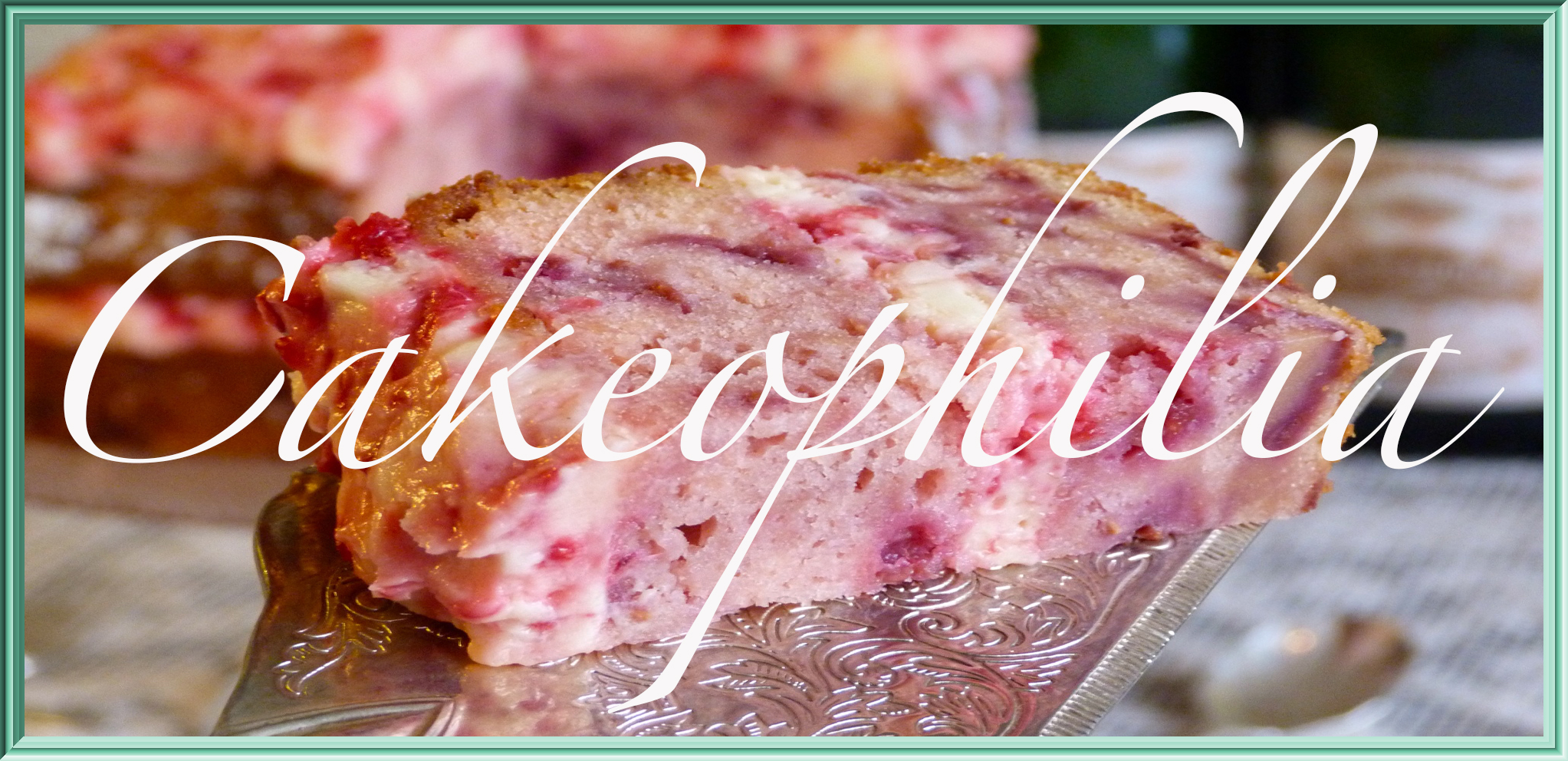I doweled the cakes the day before the wedding. You have to put dowels in the center of the supporting tiers or the cakes would sink down into the lower ones under the weight, cracking the sugarpaste. Even the little 10cm raspberry cake has about 600g of sugarpaste on it, so there is actually a lot of weight involved.
The Bride and I had settled on a pattern a number of weeks ago, but I thought I would sketch this onto a photo of the actual tiered cake to make sure that the proportions were all right.
Surprisingly, the one on the bottom left, the one we had chosen, was AWFUL! I had to ask Rachel to have a bridezilla moment to choose another one. The groom came to the rescue and chose the top left. God Save The Groom.
While my car was indisposed (having had a girl moment and flooded the engine so much that the thing was sent into a sulk the Automobile Association rescue man could not rescue it from), I coloured up the royal icing for the decoration. It takes an awful lot of gel colour to make something completely white look chocolate brown without the use of cocoa. I didn’t want to use cocoa for this because it looked grainy. For the record, I’m not all that excited about Wilton icing colours for anything too dark. There is a place in Glendene that sells Sugarflair colours – the ones Peggy Porschen uses, and next time I have a job like this I will be heading there to get my colours. Also, there are a huge range of Sugarflair colours to choose from.
The car actually started as soon as the towie got it onto the truck, so I had to go to work, but I started on the decoration that afternoon. First, I made a template in baking paper of the shape that I wanted to do. Then I traced this onto the cake using pin-pricks.
The pin marks are relatively invisible but enough to go by.
Next, I gave the whole cake a good dusting with a white sparkly dusting powder to give the sugarpaste a satin look.
Dark royal icing is tricky to work with – because not much more than the slightest contact of the dye in the icing with the sugarpaste will cause a stain. So a steady hand – steadier than most mere mortals (including me!) is necessary. Because of the risk of messing up, I took each line in straight sections, carefully joining the starting and stopping marks by running a pin tip through them to close the gaps and smooth them over.
After one line of royal icing, this is what I had:
I was delighted to see how pretty it was, but the lines looked woefully wobbly to me. Although a lot of “cleanup” can be done when the royal icing is dry (by careful scraping away of lumps etc with a scalpel), the pattern also looked somehow sparse. I decided that two more layers would be best – one beside the first and then next nestled between the two:
In the photo below you can see the satin finish that the dusting powder gives the sugarpaste.
The result of the three lines of royal icing was dramatically dark, putting me in mind of a kind of wrought iron “cage” of the kind that old fashioned perfume bottles sometimes came in. The groom’s instinct for this pattern was spot-on. I’d worried that the design was too architectural, but in the end it was just consummate art deco – striking and stylish, and neither too feminine nor too masculine. Another coat of dusting powder and my work was done!
The cake looked incredible in the vintage setting of the venue, Mantells in Mt Eden:
Mission accomplished! The happy couple cut the cake that evening, but took it home undemolished. Instead of adding cake to the gorgeous menu they had on the night, they invited guests and friends to their home the next day for champagne, tea, and some sweeter Somethings….
Raspberry, pistachio and Mexican chocolate – ready for sampling! Most guests tried all three – who could blame them.











Wow Kadri, this is beyond sensational. I have to admit it is a bit like Sherlock Holmes – when you explain the secrets, it becomes less magical… but no less impressive!!